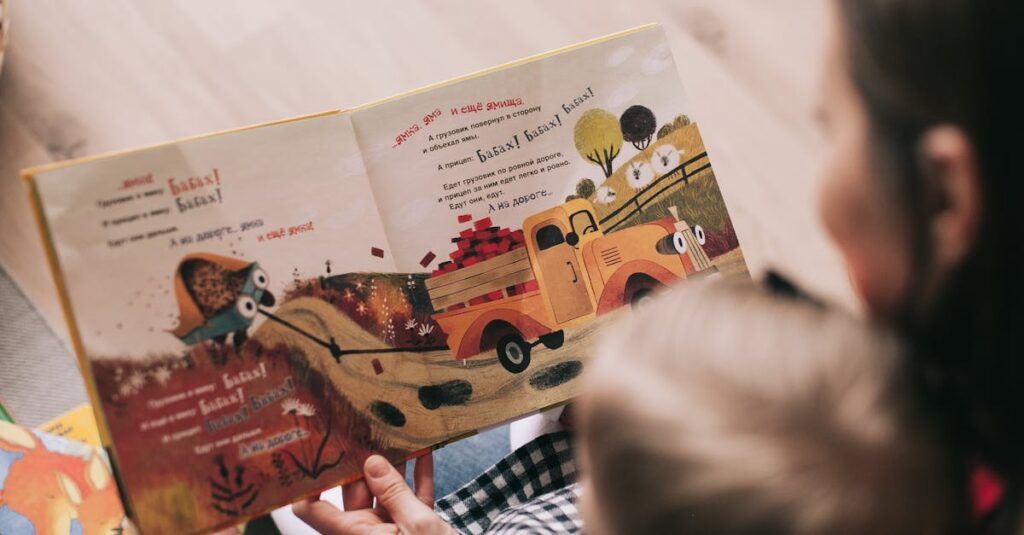Trinity Basics: Simple Beginnings
Explaining the Trinity to preschoolers is like untangling a ball of yarn — tricky but worth it. The Trinity represents the Father, Son, and Holy Spirit, all within one God. Imagine a three-scoop ice cream cone—still one cone but different scoops. It’s bite-sized theology for kids!
Using Real-World Examples
Aim for simplicity by using real-world examples. Kids relate to these better. Starting conversations with familiar objects keeps their attention hooked.
Laying a Solid Foundation
By introducing the Trinity early, you lay a solid foundation for spiritual growth.
Keywords
- Trinity
- Preschool kids
- Simple theology
Why Understanding the Trinity Matters
Why make such an effort? Understanding the Trinity builds a framework for faith from a young age. It’s easy to sideline it as complex theology, but kids grasp more than we assume. Introducing them to these concepts fosters curiosity, expands vocabulary, and develops a sense of wonder for God’s mystery. Plus, it nurtures trust in unseen spiritual matters.
In busy parenting life, you want lessons that stick—think sticky like jam fingers!
Key Benefits of Understanding the Trinity:
- Faith Foundation: Establishes a reliable basis for spiritual beliefs.
- Concept of Trinity: Introduces foundational Christian doctrine.
- Child Development: Encourages cognitive growth and exploration.
In summary, making the effort to teach kids about the Trinity not only deepens their understanding of faith but also enriches their spiritual journey as they grow.
Crafting Fun Trinity Analogies
Who doesn’t love a good analogy? Unleash your inner storyteller with fun comparisons. Here are a couple of engaging examples:
- Water Analogy: Think of ice, liquid, and vapor. They are all water but exist in different forms.
- Sun Analogy: The sun’s light, warmth, and energy are distinct but originate from the same source.
Filling brains with these imaginative links makes the concept tangible for kids. Remember, delivering it with humor seals the lesson!
Watch as your preschoolers’ eyes light up with understanding.
Keywords: analogies, creative teaching, children’s theology.
Addressing Kids’ Questions on the Trinity
Kids ask questions that tug at the heart and twist your brain. Expect them to ask about how one can be three. It’s an opportunity to encourage their critical thinking!
Reassure them it’s okay not to have all the answers. Introducing terms like ‘mystery’ can fascinate them and spark further curiosity.
Share stories that depict characters grappling with big questions—it shows that learning is a lifelong adventure.
Encourage saying ‘I don’t know’ and discovering answers together.
Keywords: questions, critical thinking, preschool curiosity.
Emotionally Supporting Little Learners
Preschoolers can find new ideas emotionally overwhelming. Accept their feelings and introduce balance by keeping teachings light-hearted.
Storytime can initiate discussions, inviting them to share thoughts openly. As they ponder, anxiety ebbs away, making room for exploration.
Stories about kids learning big concepts can make them feel connected. Fairytales or superhero stories are ideal metaphors for spiritual journeys.
Engaging their emotions positively will nurture healthy growth.
- Keywords: emotional support
- Keywords: preschool learning
- Keywords: storytelling
Interactive Trinity Activities
Get hands-on! Activities that engage multiple senses work brilliantly. Consider creating a simple craft using three different colored papers to represent the Father, Son, and Spirit.
Here are some engaging activity ideas:
- Play a ‘Who Am I?’ game – Guessing the roles of each part of the Trinity.
- Use playdough – Model objects that symbolize unity in diversity.
- Embrace messy fun – Preschoolers love chaos, so dive right in!
Interactive learning embeds the lesson deeper, making abstract concepts lively and memorable.
Keywords: interactive, activities, play-based learning.
Encouraging Questions and Curiosity
Foster an environment where questions bounce off the walls like popcorn. Encourage children to draw, write, or act out what they imagine the Trinity to be. Questions shouldn’t be feared, but cherished. This curiosity fuels their learning engines.
Ask them what they feel and think about this concept—prompt exploration rather than giving outright answers. Engaging with their queries builds a robust, inquisitive faith. It fosters connection and deepens their understanding over time.
- Keywords: curiosity, questions, engaged learning.

